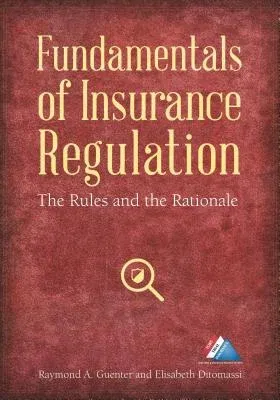Providing an explanation of the complex state-based regulatory system
that governs the insurance industry in the United States, this book
presents the applicable statutes, regulations, and judicial decisions,
as well as information about the industry's products, procedures, and
performance.
For ease of reference, each of the 13 chapters in Fundamentals of
Insurance Regulation begins with an introduction or overview that
previews the material covered in the chapter. The authors examine and
explain these overarching aspects of insurance regulation:
- The three major components of the insurance business: the property/
casualty industry, the life insurance and annuity industry, and the
increasingly important health insurance industry
- An overview of the U.S. insurance regulatory system, outlining its
objectives, what products it covers, how and by whom regulatory policy
is formulated, and a synopsis of the major subject areas of insurance
regulation. The rules that govern a specific area of state insurance
regulation, including: the organization and licensing of insurance
companies; rate-setting; solvency regulations and the mechanisms
involved when the regulations don't work; reinsurance; surplus lines;
residual and alternative markets; insurance agents and other
intermediaries; and devices to protect the consumer
- Federal rules and the interaction between federal and state insurance
law and regulation, including the McCarron-Ferguson Act, Dodd-Frank,
and Gramm-Leach-Bliley

